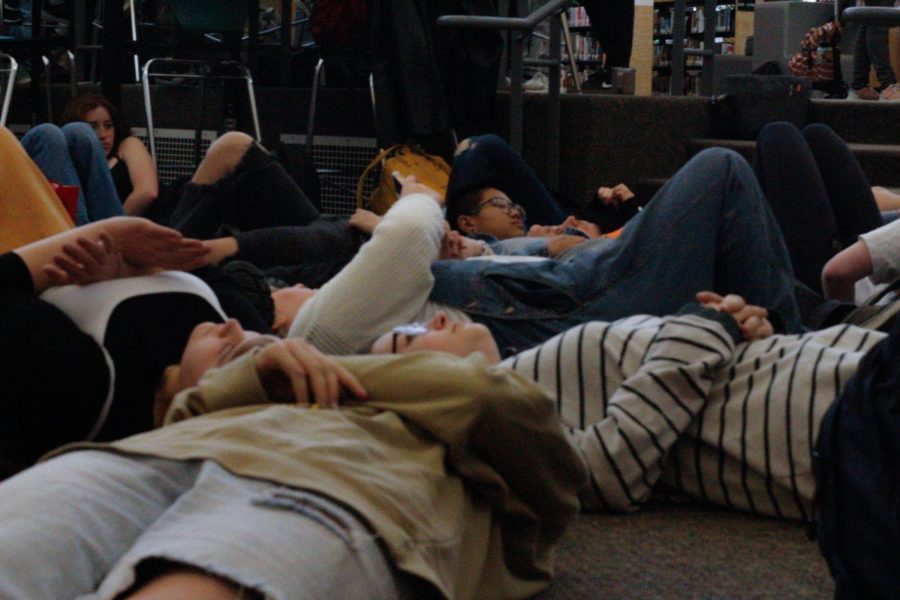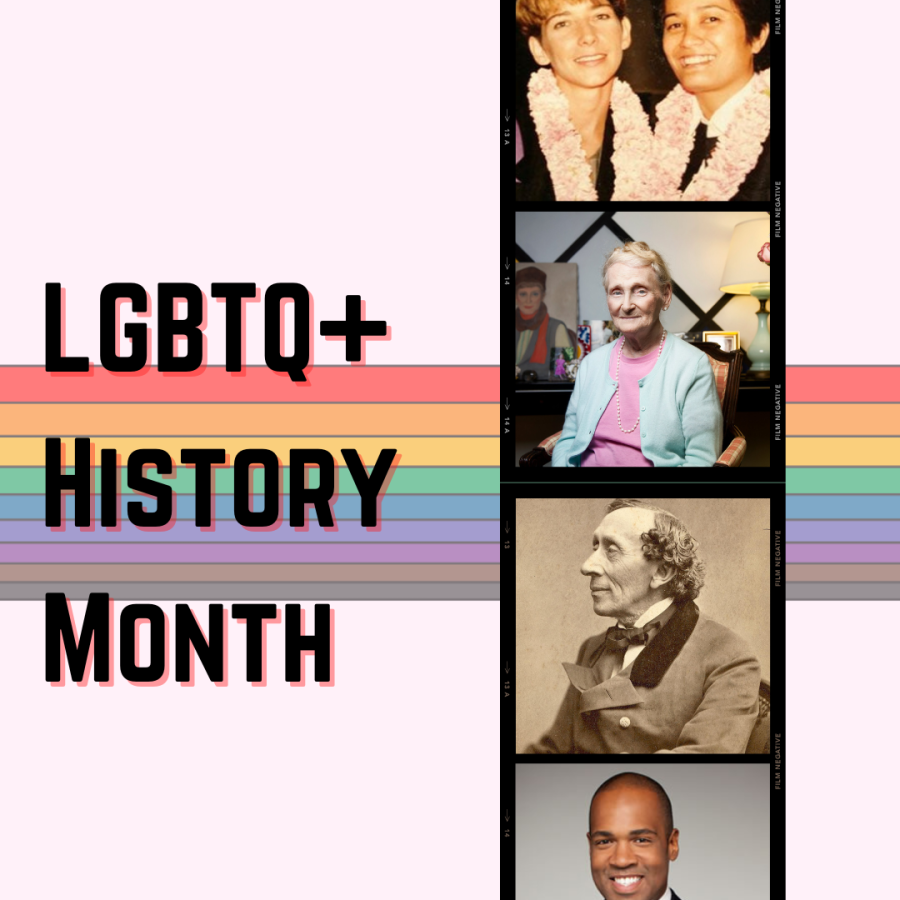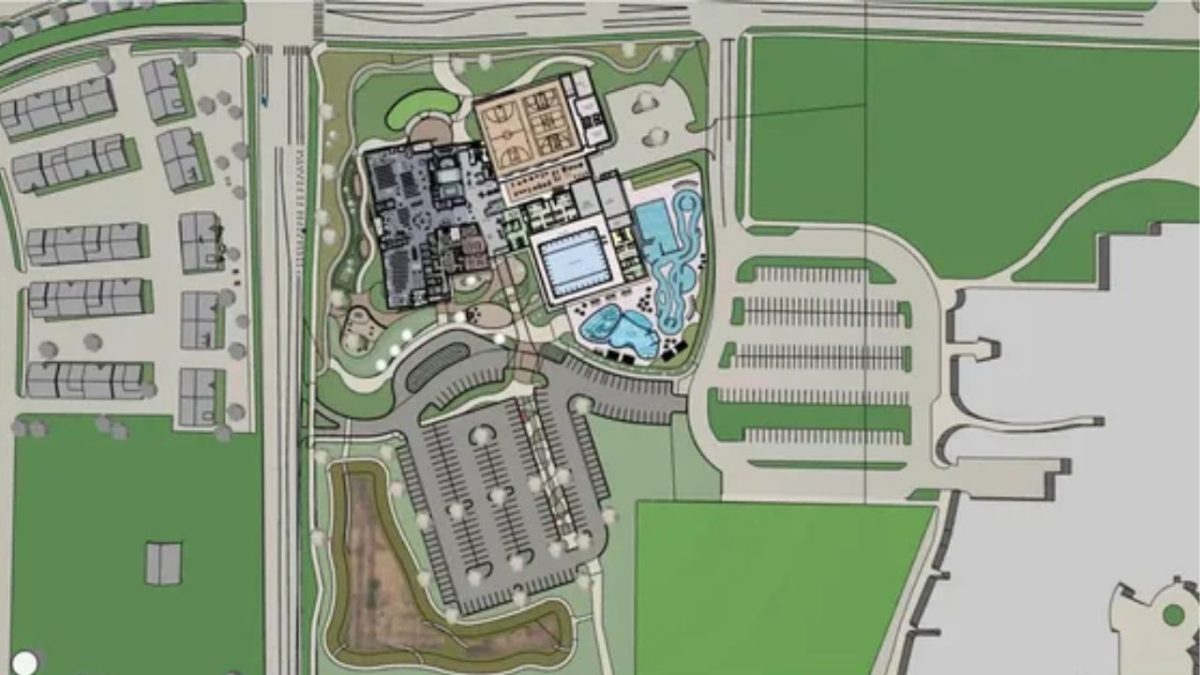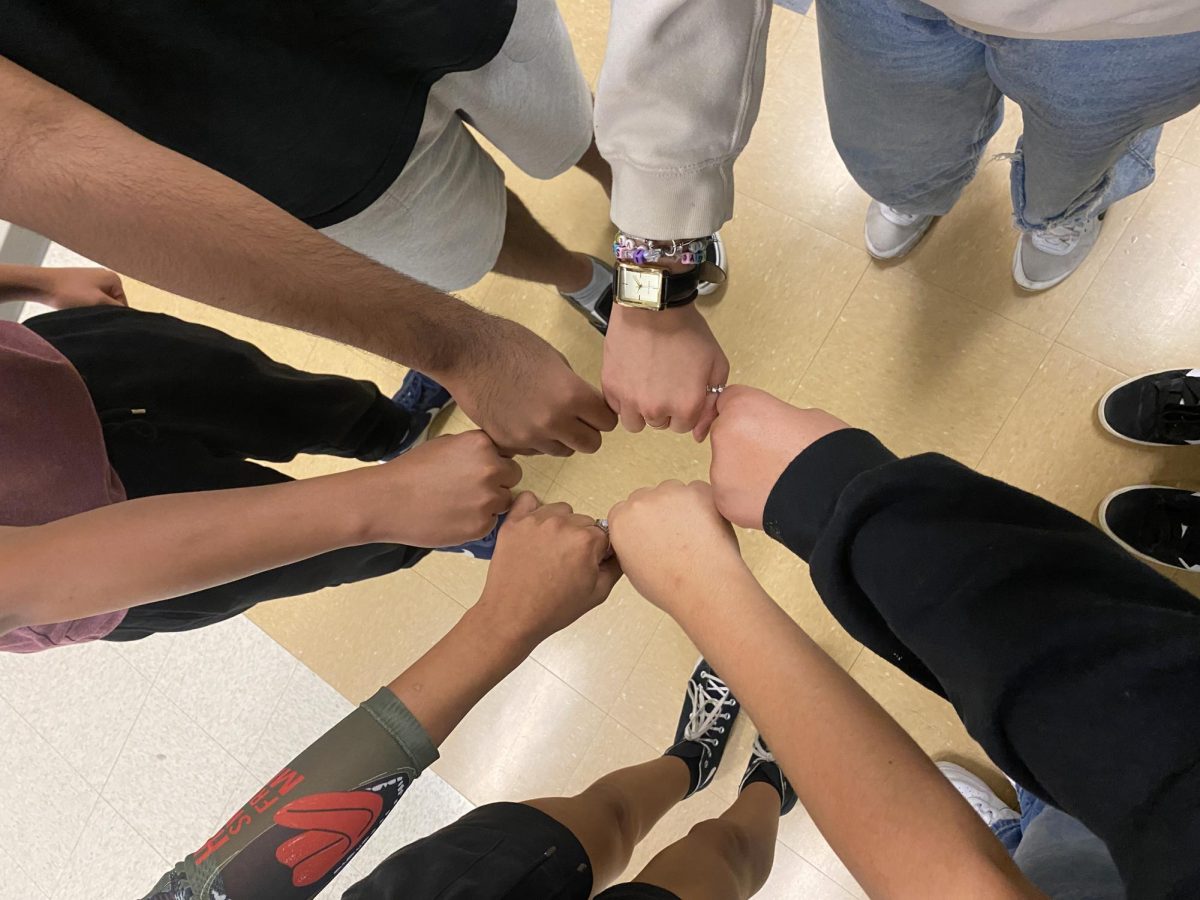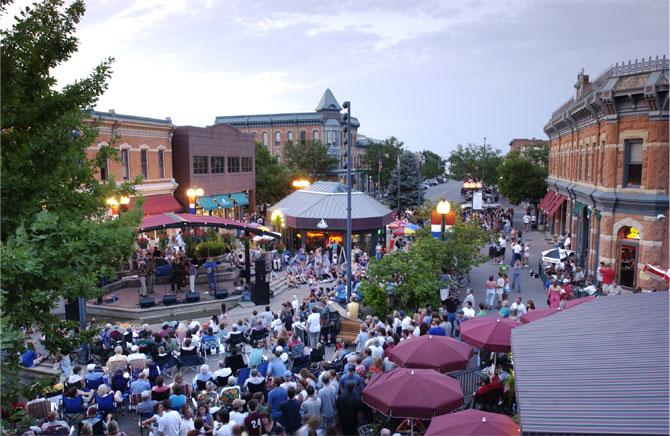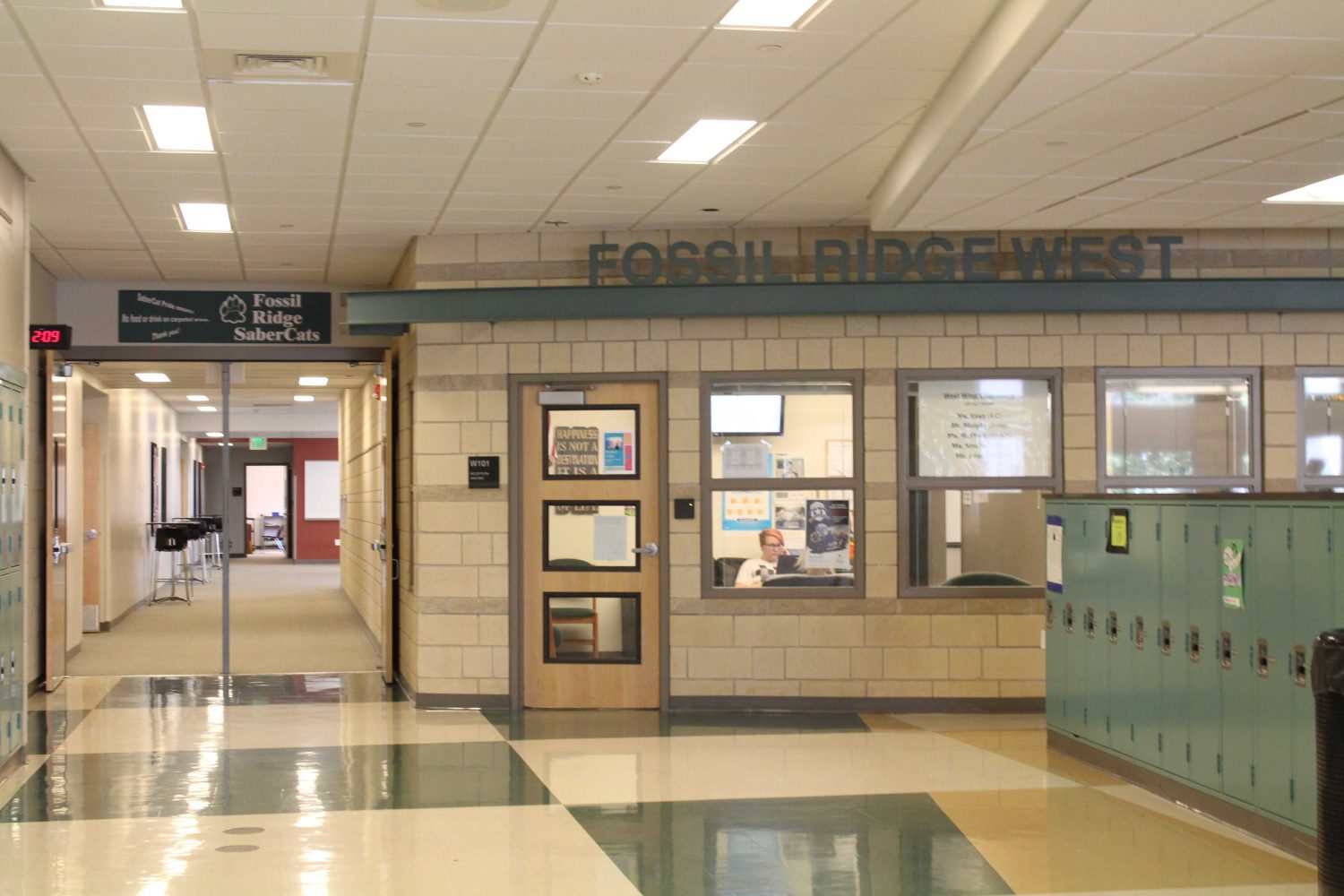Photo Credit: Megan Hickey
In Northern Colorado, fire season is, more or less, year-round, due to the dry climate and drastic changes in temperatures during the winter months. It really starts to kick back up in February, with many grass fires occurring throughout the Front Range as temperatures rise and wind speeds can range from 20-50 miles per hour. During these times, it is important to note the best ways to prevent or stop a fire. Fire safety is something that young children in elementary school learn about through Smokey the Bear and the “Stop, drop, and roll” exercise, but, typically, it stops being reiterated by the time students reach high school.
In June of 2012, the High Park fire burned for twenty one days. It destroyed around fifty homes, and the smoke overtook Fort Collins as residents were instructed to stay indoors as much as possible in order to avoid smoke inhalation. The environmental after effects of the fire included flooding in September of 2013, which hurt many homes along the Thompson and Poudre Rivers and severely damaged several highways and county roads. On September 22, 2016, a small electrical outlet caught fire in the Fossil Ridge High School gym, causing an evacuation and then cancellation of Fossil’s homecoming dance. While no damaged was caused to the building or any students, students remain upset about the cancellation of their dance, as it is typically one of only two school dances put on at Fossil. It did, however, cause a great deal of panic, as most students are only used to fire drills, and they do not ever think about what they would actually do in the event of a real fire. On Friday, February 10, due to high winds and a cigarette butt tossed from a car, a grass fire burned for four to five hours near Country Road 9 and Timberline, behind the LDS Mormon Temple. No structures near the area were harmed.
Fires, small and large alike, are one of the most common occurrences of natural disasters, especially in the Fort Collins area, which is in a position against the foothills that keeps it safe from tornadoes, hurricanes, and major blizzards. They are also one of the easiest emergencies to be prepared for, and the most preventable. If a house or other building catches fire, the best thing to do is get outside and call 911. It’s important for houses to be equipped with a fire extinguisher, and if the fire is small enough you can try to use one to put it out. However, it is good to call the fire department after the fire is out to check for any damage to your house. It is also necessary to carefully read and understand the instructions for how to use the fire extinguisher before you have to use it. Many have very specific instructions to avoid harming yourself or others around you because the chemicals used in the extinguisher are not ideal to inhale. Never put water on a grease fire, instead do your best to smother the flames.
Other fire prevention measures include being aware of anything near a heat source that could potentially catch on fire, and having a basic knowledge of gas lines in your area. In a school setting, pay attention during fire drills so that you are truly prepared for an actual fire. During the summer especially, make sure your campfires are contained in a small space, and before leaving the area ensure that the fire is completely out. Never leave embers burning in a forest, and do not throw out cigarettes, as they can easily start fires. To be as safe as possible, follow guidelines set forth by the local fire department, check the local fire danger levels on a regular basis, and remember important facts about preventing and stopping all types of fires. In Fort Collins, the best way to learn about fire safety is by contacting the Poudre Fire Authority by going to their website, where they not only have detailed information ranging from AEDs to Carbon Monoxide, but you can also find fun facts like why firefighters always take their fire truck to the grocery store.






